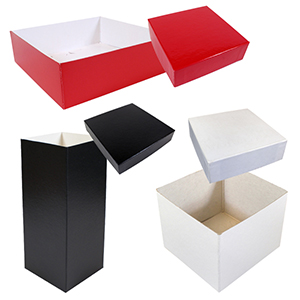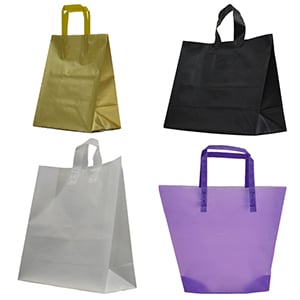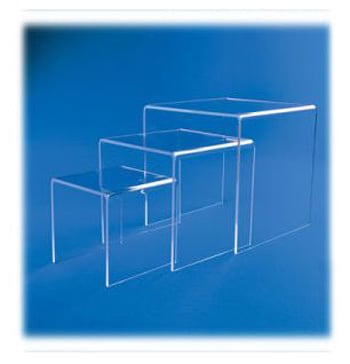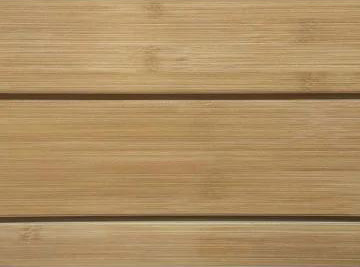Have you seen the NEW Slatwall?
In another two weeks spring will start, so today I want to share some thoughts to get ready for Spring, which I consider the most important time to grow your business in many ways. In today’s tip, we’ll share about Slatwall; its key metrics, accessories, supported weight, installation, as well as care and maintenance for Slatwall over the years so you can get the most out of what you paid for.




Slatwall Metrics
Let's start by equipping with some of the Slatwall common terms and definitions:
Pitch - The pitch is the gap measured between slats. The most common Pitch is 3" on center. If the pitch is too far apart, you might struggle with creating a multi-layered look. You might also find yourself short on space. When the pitch is closer than 3" apart, it can make a room look smaller than it really is because the walls appear very "busy”.
Size - Common panel size is 4' X 8' with a 3" pitch. When choosing Slatwall’s seam orientation, you can choose either ‘Horizontal’ or ‘Vertical’. Choosing Horizontal Slatwall will help you minimize your visible seams when installing! Vertical Panels are good if you are needing to cover a very narrow but tall area. It is also a good choice for wrapping columns.
Finish - You can have just about any color finish you want. Generally, stock colors are Black, White, Maple and Paint Grade (you can paint it yourself). When picking a color, you should consider how it will make your store feel as well as match the type of goods you sell.
Slatwall Inserts
Typically, there are five types of Slatwall inserts that you can choose from: Plastic channels, HPL strips, Front Load Plastic inserts, Color Groove inserts and Aluminum inserts. Most of these inserts add no support strength to the panel, except Aluminum inserts.
Slatwall Trim Strips
Slatwall Trim Strips are used to cover the raw edges of the MDF board. These trim strips can be fastened mechanically or with adhesive.
Slatwall Weight Bearing Capabilities
Unsupported Slatwall typically support 10-15 pounds per bracket. Supported Slatwall with Aluminum inserts (this isn’t standard) will support 50-60 pounds per bracket. Additional information to consider is the center of gravity. For example: merchandise on a shelf that is 12" deep from the wall, will have a load center 6" out from the wall. The merchandise should be ideally no greater than 12" from the wall and should be spaced every 12" apart. Keep in mind, do not overload any single groove!
If you are interested to learn about Slatwall Installation Process, Click here.
Slatwall Care & Maintenance
Slatwall paneling with high pressure laminate or melamine is best cleaned by wiping it with a soft, damp cloth and a mild detergent, followed by wiping it with a cloth of damp, warm water and finally wiping the panel with a dry cloth to remove any cleaner residue. It is important not to get the panel wet because the substrate is very porous and is not designed as a water-resistant material. You can use any normal cleaners from the shelf and if staining occurs, use a full-strength, all-purpose cleaner.
Check out our new Modern 3D Textured Slatwall.
More styles of 3D Slatwall


















Validate your login